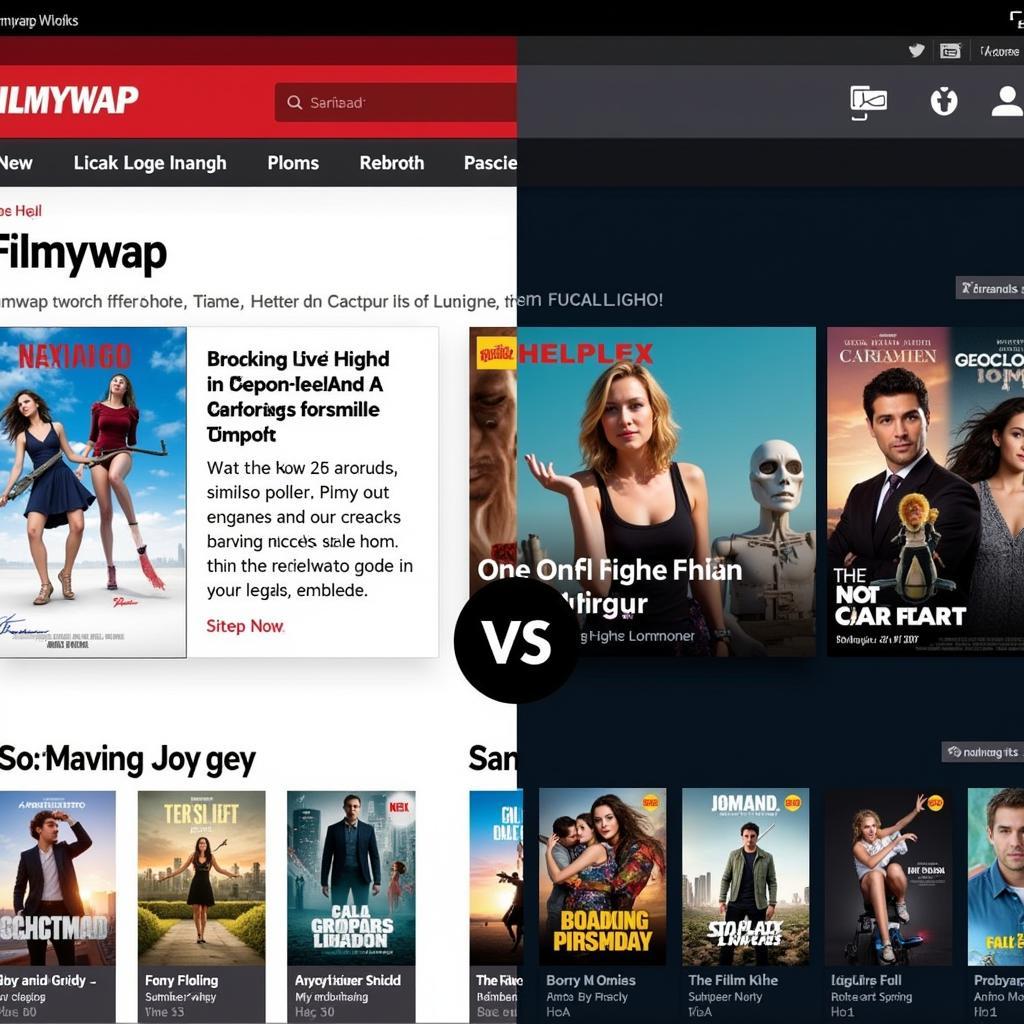The portrayal of intimacy in Indian cinema, particularly Bollywood, has been a subject of much debate and discussion. While “hot sex” is a broad term and can be interpreted in various ways, it’s undeniable that Bollywood has seen a shift in recent decades, moving away from suggestive glances and coy dances towards more explicit content. This article delves into this evolution, exploring the cultural and societal factors influencing this change.
From Subtlety to Sensuality: Tracing the Evolution
For a long time, Bollywood maintained a conservative approach to intimacy, relying heavily on symbolism, metaphors, and suggestive choreography. The iconic “rain song” with its drenched saree-clad heroine became a staple, hinting at passion without showing it explicitly.
However, the late 20th century saw a gradual shift. With the rise of parallel cinema and the influence of global cinema, filmmakers began to explore themes of love, desire, and sexuality with more openness. Movies like “Fire” (1996) and “Dil Se..” (1998) pushed boundaries, incorporating scenes with greater physical intimacy, sparking both controversy and conversations.
The Rise of Erotic Thrillers and Urban Dramas
The turn of the millennium saw a further surge in films exploring sexuality more explicitly. Erotic thrillers like “Murder” (2004) and “Jism” (2003) became box-office successes, demonstrating a growing audience for such content. Urban dramas also began to portray relationships and intimacy in a more realistic and contemporary light.
Factors Fueling the Change: Globalization, Urbanization, and Changing Audience Preferences
This shift towards greater on-screen intimacy in Bollywood can be attributed to several interconnected factors:
- Globalization and Exposure to World Cinema: Increased access to Hollywood and other international films exposed Indian audiences to different portrayals of intimacy, influencing expectations and preferences.
- Urbanization and Changing Social Norms: India’s rapidly growing urban centers often come with more liberal attitudes towards relationships and sexuality, reflecting in the content being consumed.
- Empowerment and Agency: Modern Bollywood films often feature strong, independent female characters who are comfortable expressing their desires, showcasing a departure from traditional, patriarchal narratives.
- Commercial Viability: The success of films with bolder themes demonstrated their commercial viability, prompting more filmmakers to explore such narratives.
The Debate Continues: Censorship, Cultural Sensibilities, and the Future of Intimacy in Bollywood
Despite the evolving landscape, the depiction of “hot sex” in Bollywood remains a complex issue, intertwined with censorship regulations, cultural sensitivities, and ongoing societal debates. While some argue for greater creative freedom, others express concerns about obscenity and the potential erosion of traditional values.
Conclusion: A New Era of Storytelling?
The portrayal of “hot sex” in Bollywood has come a long way from the suggestive dances of the past. While challenges and debates remain, this evolution reflects broader societal changes, shifting attitudes, and a growing desire for diverse, authentic storytelling. Whether this signals a new era of openness or a temporary phase, the conversation around intimacy in Indian cinema is far from over.


